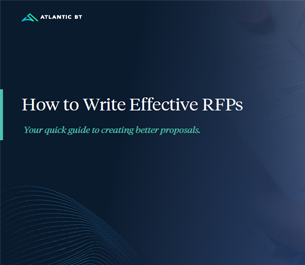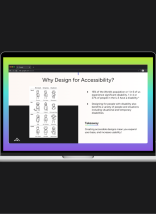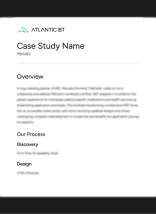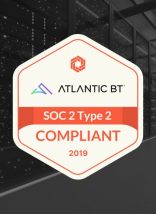Information Architecture (IA) is the cardiovascular system of any large website. It pumps the lifeblood of content through intricate and specific paths. Information ends up exactly where it needs to be. It’s a system that gives life to a website, helping it to thrive. Every website can benefit from well designed IA, especially sites for Higher Education.
When prospective students begin their college search, they usually start on the internet. In fact, their first experience with any university is often through its website. The visit is rarely casual. The user has specific questions that need exact answers. If those answers are not provided, then the user will leave the site. A confusing website can also reflect poorly on the university’s brand.
Implementing reliable IA can feel daunting. Worry not! Gather a great team, keep these tips in mind, and remember that it’s all worth it.
Know Your Audience
The first step you’ll want to take, as you establish your new IA, is into research. You’ll need to discover what users look for the most on your website. This knowledge is crucial to knowing how to organize your site’s information. There are many different ways you can approach the research process. Interact with users who fall on all sides of the site spectrum. Talk with users who:
- Access the site frequently
- Have a passing knowledge of your site
- Have never encountered the site but know what they would be looking for should they ever do
What you discover from the research will inform your IA design choices. The result will be a cleaner, efficient user experience (UX). Even better, users will feel positive about what they’ve learned on your website. Good will for a website usually translates to good will for the site’s owner. Your prospective students will be in a good spot to make such an important personal decision.
User led IA makes life easier for everyone using and maintaining the website. Many previous communication problems become non-existent. A productive dialogue can be begin between students and the university staff. Putting out misinformation fires will be a thing of the past. Basic questions will no longer be burdensome. The answers will be right on the website and easy to find.

Consider Both Sides
Understanding user habits and needs is essential to creating strong IA. But, you can’t forget those on the other side. The people maintaining the website or who have a solid investment in the making and outcome of the site. These people are stakeholders and their buy-in can make or break a project. They may be wary of the complications involved with the creation of a new IA structure.
It’s important that they see the benefits of IA, for their users and for themselves. Excellent IA can bridge information gaps between departments within the university. It allows for autonomy while establishing a united university brand. Continuity in a website provides the user with an easier and more enjoyable UX.
The jobs of those running the school’s various departments are also made easier. Especially if you use WordPress. This platform provides management options that each department can use. As a result, they can all provide their unique offerings within the school’s unified brand. This streamlines communication between all students and staff. WordPress is an excellent option for supporting your IA.
Prioritize Your Needs
Information Architecture is, at it’s core, a system of organization. Any good organization project requires a deep clean. User research and stakeholder input will inform what content your site needs. It will also show where it needs to be. You will discover areas that you can do without. Or you may choose to replace those spots with something stronger.
Content clutter can be distracting to users. It can also be a deterrent. A clean sweep of your content will make the restructuring process easier. The results will be noticeable. A website that is productive, easy to use, and professional. Your university’s message will be loud and clear.
Putting it All Together
The art of Information Architecture is just as complex and unique as the system itself. We could talk about the nuances of creating the right IA system specifically for your site all day and into the next. Yet, keeping these important considerations in mind gives you a good place to start.
Smart IA is the foundation of a usable and enjoyable website. Focus on connecting with and helping users. It will elevate the IA and the site as a whole. Invest in a team who knows how to best design IA for your needs. It’s a choice you won’t regret.








